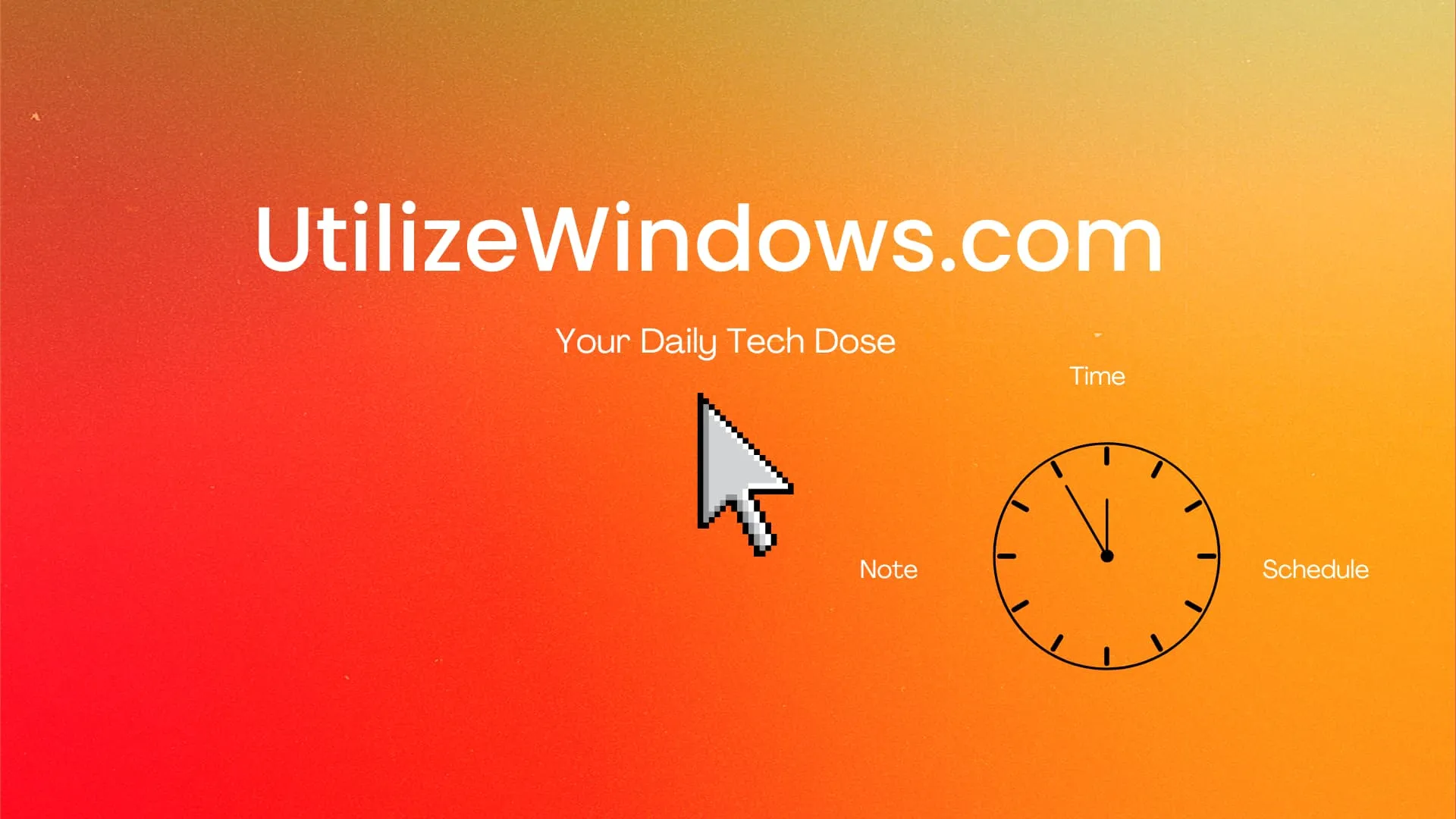Before you start
Objectives: Learn how to enable and how to manage Libraries in Windows 8.1
Prerequisites: no prerequisites.
Key terms: Libraries, Windows 8.1, manage, enable
What are Libraries
Libraries were introduced with Windows 7, and are available in newer versions of Windows. However, in Windows 8.1 they are hidden by default. To enable them we can open File Explorer (in Desktop mode click the File Explorer icon in the taskbar). In File Explorer click the View tab, click the Navigation pane button (left side of the toolbar), and then click Show libraries.
Show Libraries Option
After that we will see Libraries in the Left pane in File Explorer. Also, when we select specific Library, we will see the Library Tools ribbon.
Libraries in File Explorer
Note that under This PC section, we see the same folders (Documents, Pictures, Music…), as in Libraries section. Under This PC section, those are just shortcuts to the mentioned folders. However, in Libraries those are actually references to other locations on the drive. Using libraries we can add and in that way group multiple locations on our computer under single library. For example, in my Music library I have my local Music folder, local public music folder, and I have added a shared folder (\\lenovo). So, libraries are used to group together documents, videos, music, and other type of files which we have available in different locations.
Music Library
Managing Libraries
There are a few ways to add a location to a library. The easiest way is to simply select the folder we want to add to a library, and then go to the Home tab > Easy access > Include in library, and then choose the existing library or create a new one.
Easy Access
When we add a location to the library, the files will remain in the original location, but we will be able to access it from the library, which can make things a bit easier. The same locations can be included in different libraries.
To manage existing libraries, we can right-click on a specific library and then go to its properties. When we do that, we will see a window like this.
Music Properties
Note that from here we can also add a location to our library, or remove the existing location from the library. We can also choose the default save location. In our case, the default save location is the local Music folder (first on the list). That means that if we copy some file to the Music library itself, the file will actually be saved in the local Music folder.
Another way to manage Libraries is to use the Library Tools ribbon in File explorer. If we select a specific library, we will see a Library Tools ribbon like this one.
Library Tools
Note that in this ribbon we can also set save location and optimize library for certain type of files. If we click the Manage library button, we will be able to edit library locations.
Music Locations
So, libraries can help us stay organized with our files. We can add network drives, folders from other user accounts if we have access to them, and in that way have quick access to important folders.
